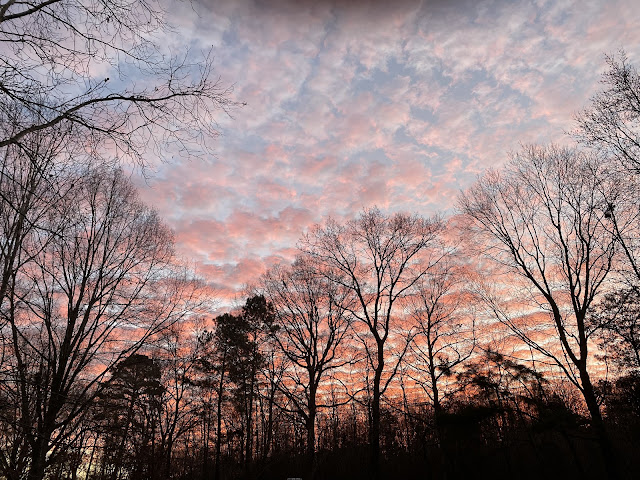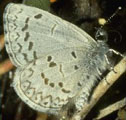Well, another Christmas day has come and gone. We had a wonderful time with my daughter, son, our daughter-in-law, and our grandson. I can’t even express what a wonder it is to have him here crawling all over the living room investigating things.
We’re having unseasonably warm weather this week and while it’s not unusual in the larger span of years, it always rubs a little bit the wrong way when it coincides with the winter holidays. Although this year, with Keil being older and bearing some residual weakness after the EPM, I am grateful that he’s not having to (so far) contend with very cold weather. I will not mind if we have no snow or ice this winter.
Today I’ll begin putting away the most Christmasy of decorations, one bin a day, until we have only the trees left. We enjoy the white lights and I’ll keep them up as long as the trees themselves are not getting too dried out.
Last year right at Christmas I developed a sudden and very intense abdominal issue - it was relieved by cleaning up my diet, getting structural massage, chiro, and a good medical check up to rule out any serious problems. I was very annoyed this week when, as if on cue, it happened again. I know the drill, and it’s true that once again as the holiday season approached, I gravitated toward a less healthy diet, had a few too many cocktails, decreased exercise, and rescheduled two chiro appointments. Add the general stress of Covid and holidays and wham. The perfect storm.
I had already been prepped to reboot at the new year, but my body, this year and last, has stepped up sooner to say NOW PLEASE, or else.
Is this part of the aging process in action? In any case, I found gentle yoga with Adriene videos online and those have helped immensely as I shift things back to better self care.
It will take a few weeks to get myself back to feeling good, and next year I believe I need to get out in front of this in November to break this two-year pattern.
I’ve been working on my annual review, a project that spans several weeks in December, in which I go through all the things I wanted to do in 2021, the things I actually did, the things I did not do, and I spend time pondering and writing about how I think the year went. It’s a useful exercise, not meant to be punitive or harsh in any way, but just a time to consider what worked and what didn’t. Each year I give a name to the theme of the year ahead. I’m not sure what it is yet for 2022, but I’m thinking about it!
It’s been a big year, 2021, and I’m taking my time with processing things.
A glimpse of today on November Hill: the skies are cloudy, the temperature is mild though in the 50s today instead of 70s, and at this moment three dogs are sleeping in the living room with me, one cat is here sleeping as well, the herd were just grazing in front in full view through the window I am sitting by, and my body is at peace with itself. I am grateful for the quiet moments and for the ability to choose, for the most part, what to do next in my day.
This is what I always call the “between time” - when we’re past Christmas but not yet to the new year, and somehow it always involves a gray day or two, and a slowing of activity to some degree, which makes space to think and just be. I hope everyone reading this can have the gift of this space to breathe and reflect.































